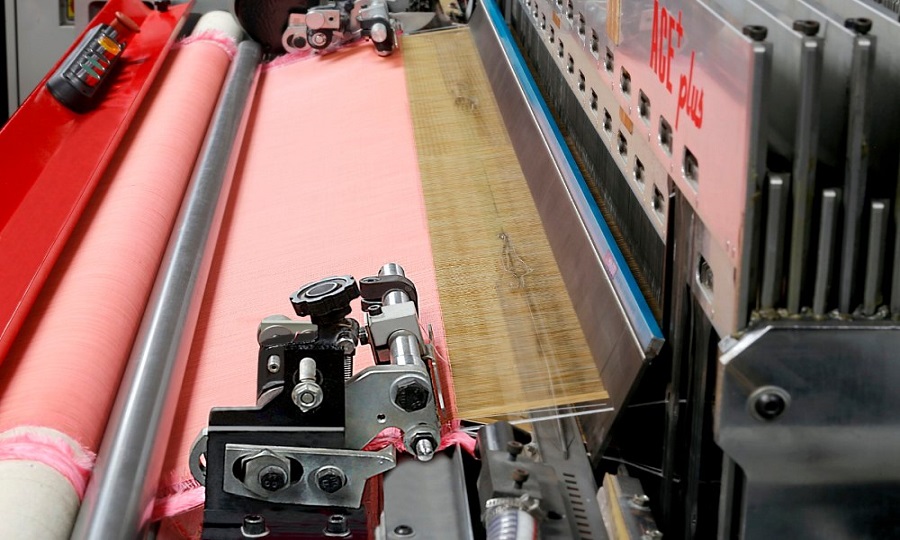In the evolving world of textile production, loom machines have revolutionized the way fabric is manufactured. With their high-speed productivity and precision, these machines are at the core of industrial weaving. But for traditional handloom weavers, the rise of machine-powered weaving has sparked both opportunities and concerns. Are loom machines a boon or a bane for this age-old craft? Let’s explore both sides of the story.
The Rise of Loom Machines
The textile industry has witnessed a major shift with the introduction of automated loom machines. These machines, especially modern variants like rapier looms, enable faster, more efficient, and high-volume fabric production without compromising on quality. Companies like Weavetech are at the forefront of this innovation, offering advanced rapier looms that cater to the demands of global fabric manufacturers.
By automating the weaving process, loom machines have drastically reduced labor costs, increased output, and opened doors for textile businesses to meet global demands.
The Boon: Empowering Weaving Industries
Loom machines have proven to be a blessing for many sectors of the textile industry. Here’s how:
1. Increased Productivity
Traditional handloom weaving is labor-intensive and time-consuming. Loom machines, in contrast, can produce fabric at much higher speeds, enabling manufacturers to fulfill large orders in shorter timeframes.
2. Consistency and Quality
Modern machines, like those from Weavetech, ensure uniformity in weave patterns and reduce the chances of human error. This leads to high-quality output, ideal for international markets.
3. Job Creation in Manufacturing
While loom machines reduce the need for manual weavers, they also create employment opportunities in machine maintenance, operation, and textile engineering.
4. Global Competitiveness
To compete globally, textile companies need to match production volumes and standards. Loom machines provide the technological edge to keep up with international competition.
The Bane: Challenges for Handloom Weavers
Despite the advantages, the rapid adoption of loom machines has posed serious challenges for the handloom sector:
1. Loss of Livelihood
Handloom weaving is a traditional skill passed down through generations. The rise of loom machines has led to a decline in demand for handmade products, putting many artisans out of work.
2. Erosion of Cultural Heritage
Handwoven textiles are deeply tied to regional identity and culture. As machine-made fabrics dominate the market, many traditional designs and techniques risk being forgotten.
3. Market Competition
Handloom weavers often cannot match the speed, price, and volume offered by industrial weaving units using loom machines. This makes it difficult for them to survive in a competitive market.
4. Lack of Technological Integration
Many rural weavers have limited access to advanced training and machinery. The digital divide makes it hard for them to adapt or transition into the modern textile ecosystem.
Striking a Balance: A Collaborative Future
Rather than seeing loom machines and handloom weavers as competitors, the focus should shift toward integration and coexistence.
1. Blended Production Models
Textile companies can adopt a hybrid approach—using loom machines for high-volume production and handloom for niche, artisanal products. This can preserve heritage while embracing technology.
2. Skill Development Initiatives
Brands like Weavetech can contribute to community training programs that help weavers learn how to operate or coexist with modern weaving technology.
3. Government and Private Support
Incentives, subsidies, and marketing support for handloom products can help artisans maintain their place in the market. Collaborations between industry players and weaver cooperatives can ensure fair trade.
4. Tech for Tradition
There is an opportunity to develop loom machines that replicate traditional weaves, allowing cultural patterns to scale while preserving authenticity. This tech-driven preservation could bridge the gap between modern and traditional methods.
Loom machines are undeniably powerful tools that have transformed textile manufacturing. With advanced solutions from innovators like Weavetech, the industry is moving toward faster and more efficient production. However, the challenge lies in ensuring that the rise of automation does not come at the cost of cultural heritage and artisan livelihoods.
The answer isn’t choosing one over the other—it’s about creating a future where machine efficiency and human artistry thrive together. By fostering synergy between loom technology and traditional craftsmanship, the textile industry can become more inclusive, innovative, and sustainable.
Interested in exploring advanced weaving solutions for your textile business? Discover Weavetech’s range of high-performance rapier looms and transform your production line with precision, reliability, and innovation.
Read More: https://bookmyauthor.com/








